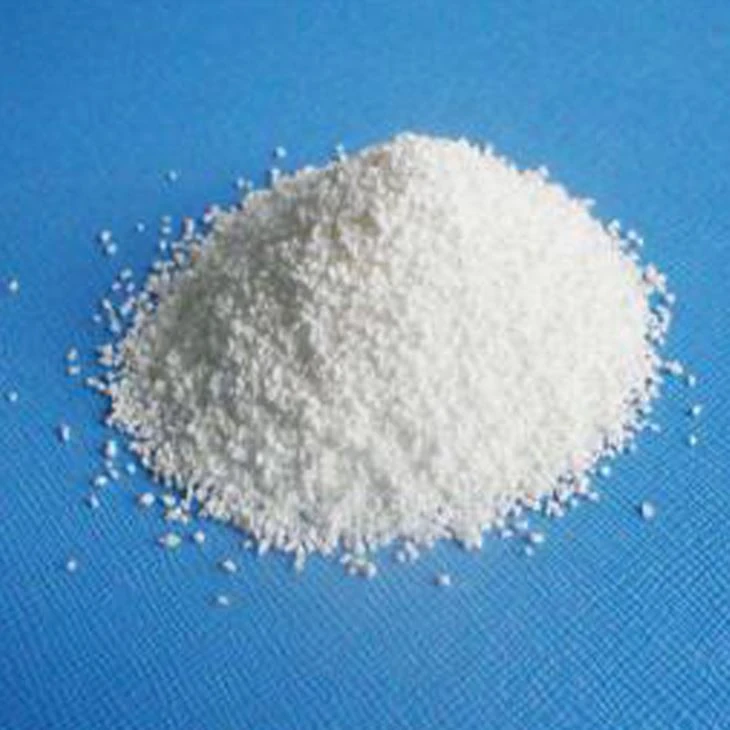



Properties and Applications of Hydrolyzed Polyacrylamide in Various Industries
Hydrolyzed Polyacrylamide An Overview of its Properties and Applications
Hydrolyzed polyacrylamide (HPAM) is a water-soluble polymer that has garnered significant attention in various fields due to its unique properties and versatile applications. It is derived from polyacrylamide (PAM) through a hydrolysis process, which introduces carboxylate groups into the polymer chain. The resulting product exhibits enhanced performance characteristics that make it suitable for use in numerous industries, including petroleum, agriculture, water treatment, and cosmetics.
Chemical Structure and Properties
The chemical structure of hydrolyzed polyacrylamide consists of a polyacrylamide backbone with varying degrees of hydrolysis, resulting in a mixture of acrylamide and acrylic acid units. The degree of hydrolysis can be controlled during production, allowing for customized properties tailored to specific applications. HPAM is known for its high molecular weight, which contributes to its ability to enhance viscosity in aqueous solutions. This property is particularly important in applications where improved fluid dynamics are required.
One of the most notable characteristics of hydrolyzed polyacrylamide is its ability to form gel-like structures when mixed with water. This behavior makes it effective as a thickening agent and flocculant, helping to stabilize emulsions and prevent sedimentation. Additionally, HPAM is biodegradable, which adds to its appeal in environmentally conscious applications.
Applications in the Petroleum Industry
One of the primary applications of hydrolyzed polyacrylamide is in enhanced oil recovery (EOR) techniques within the petroleum industry. HPAM is used in waterflooding processes, where it is injected into oil reservoirs to improve oil recovery rates. The polymer increases the viscosity of the injected water, improving its displacement efficiency and allowing for better movement through the reservoir. This results in a more significant amount of oil being extracted while reducing operational costs.
Furthermore, HPAM is employed in fracturing fluids for hydraulic fracturing operations. The high viscosity of HPAM helps to suspend proppants—materials that keep fractures open—and allows for effective transport into reservoirs, enhancing the overall productivity of oil and gas wells.
Applications in Water Treatment
hydrolyzed polyacrylamide

Hydrolyzed polyacrylamide also finds extensive use in water treatment processes. It acts as a flocculant, promoting the aggregation of suspended particles within wastewater, sedimentation, and clarification of water. By enhancing the removal of impurities, HPAM contributes to the production of cleaner water for various applications, including drinking water supply and industrial use.
In addition to flocculation, HPAM can assist in soil stabilization and erosion control in civil engineering projects. The polymer’s ability to bind soil particles effectively minimizes soil erosion and improves water retention, promoting sustainable land management practices.
Applications in Agriculture
In agriculture, hydrolyzed polyacrylamide is used as a soil conditioner. Its water-retention properties improve moisture availability to plants, leading to enhanced crop yields in arid environments. When applied to soil, HPAM creates a gel-like structure that traps water, reducing the need for frequent irrigation. This sustainable approach not only conserves water resources but also benefits the environment by reducing runoff and soil degradation.
Cosmetic Applications
The cosmetic industry has also embraced hydrolyzed polyacrylamide due to its thickening and stabilizing properties. It is commonly found in creams, lotions, and gels, where it improves texture and viscosity, making products more appealing to consumers. Moreover, HPAM’s biodegradability aligns with the increasing demand for environmentally friendly cosmetic formulations.
Conclusion
Hydrolyzed polyacrylamide is a multifunctional polymer that plays a vital role in various industries, including petroleum, water treatment, agriculture, and cosmetics. Its unique properties, such as viscosity enhancement, flocculation, and biodegradability, make it an invaluable material for both enhancing operational efficiencies and promoting sustainability. As research continues and technology advances, the potential applications and benefits of hydrolyzed polyacrylamide are expected to expand further, solidifying its position as a key polymer in modern industrial processes.
-
Why Sodium Persulfate Is Everywhere NowNewsJul.07,2025
-
Why Polyacrylamide Is in High DemandNewsJul.07,2025
-
Understanding Paint Chemicals and Their ApplicationsNewsJul.07,2025
-
Smart Use Of Mining ChemicalsNewsJul.07,2025
-
Practical Uses of Potassium MonopersulfateNewsJul.07,2025
-
Agrochemicals In Real FarmingNewsJul.07,2025
-
Sodium Chlorite Hot UsesNewsJul.01,2025










